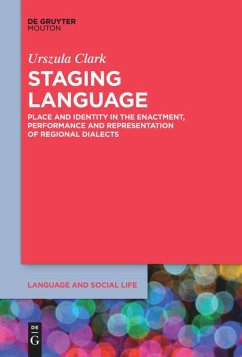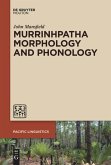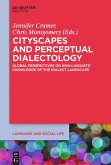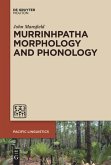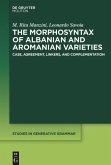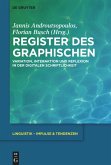Although there are many studies on linguistic variation as it relates to both "traditional" and "new" media such as film, TV, newspapers, and online behavior, little has been written about spoken performance in overt but face-to-face conversations. This book bridges that gap, and focuses on an "in between" zone between casual face-to-face conversations and the type of heavily scripted language of most traditional spoken media. The book draws upon a substantial amount of empirical data in its investigation of the role played by performance texts in creating, maintaining and challenging imagined communities and focuses upon the ways in which performance contributes to people's sense of the kinds of use for which dialect/variational use is appropriate and those for which it is not. It sheds light on how such stylization intersects with multiple social indexes and how performers and other creative artists challenge and mock hegemonic practices through enregistering a defined set of linguistic variables in the context of their performance and other associated written texts.
"Overall, Clark's work is an excellent contribution to the study of artistic representations of dialect that proves the power of dialect use in performances to 'subvert or mock contemporary cultural norms' (166), playing with stereotypes while creating and recreating identities." Sara Diaz Sierra in: Language in Society 49 (2020), 155-156

